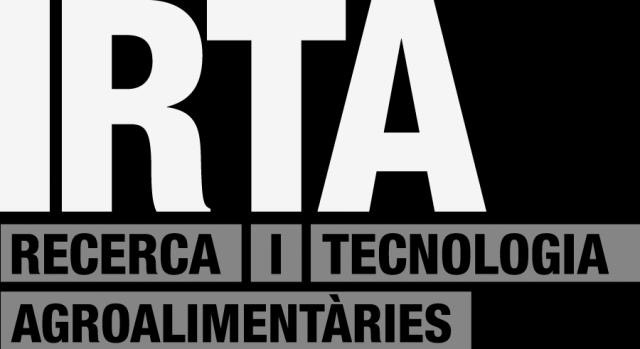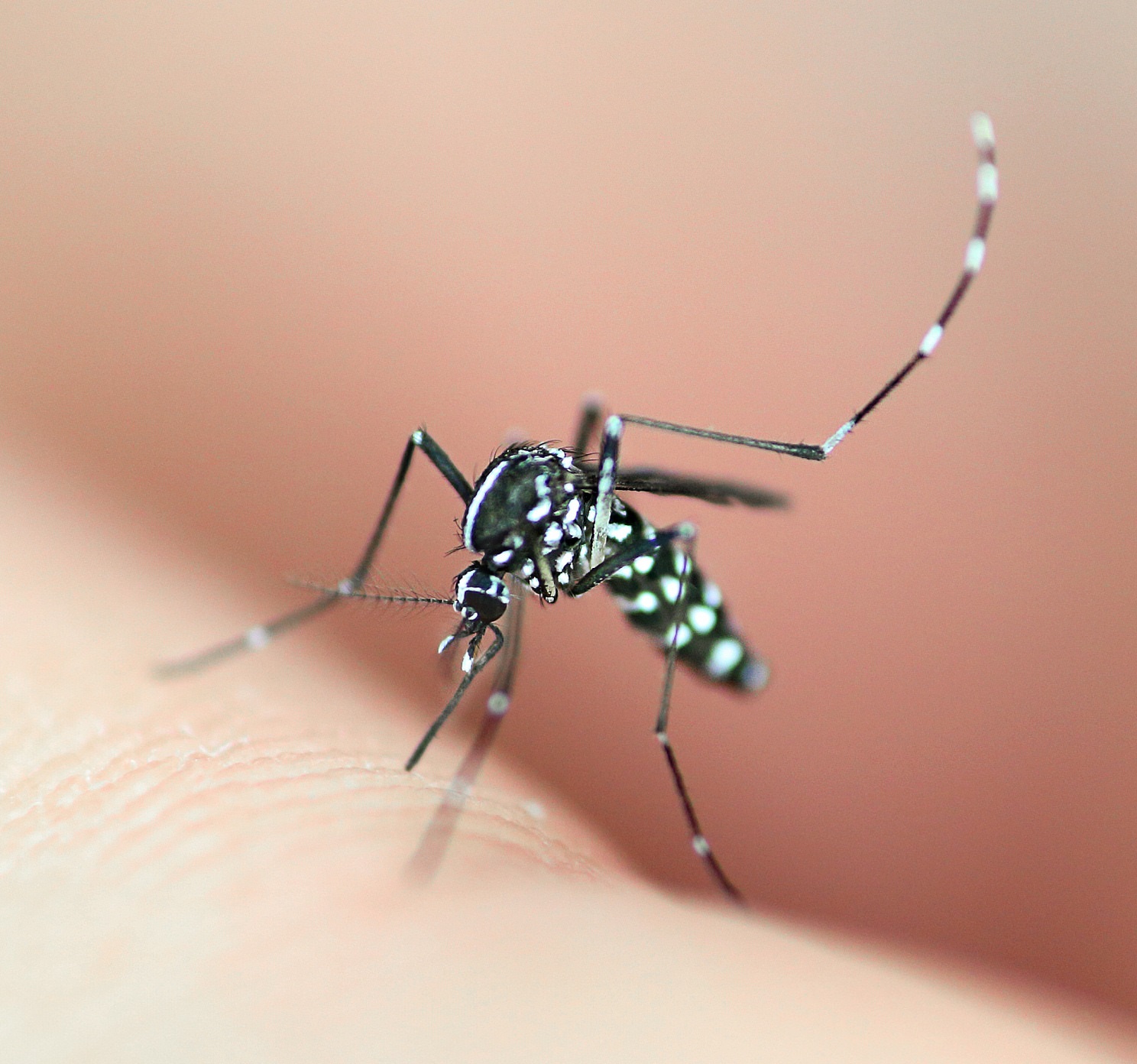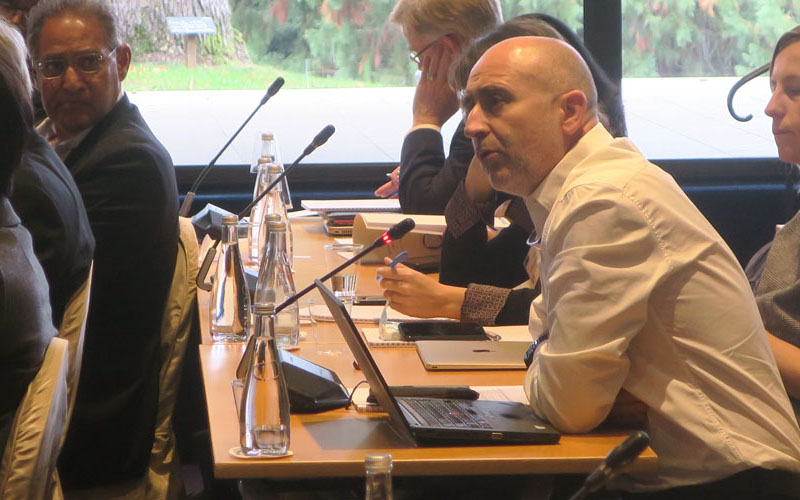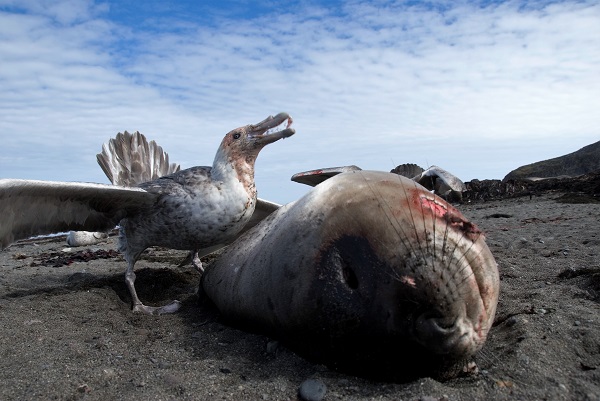Author Archives: IRTA-CReSA
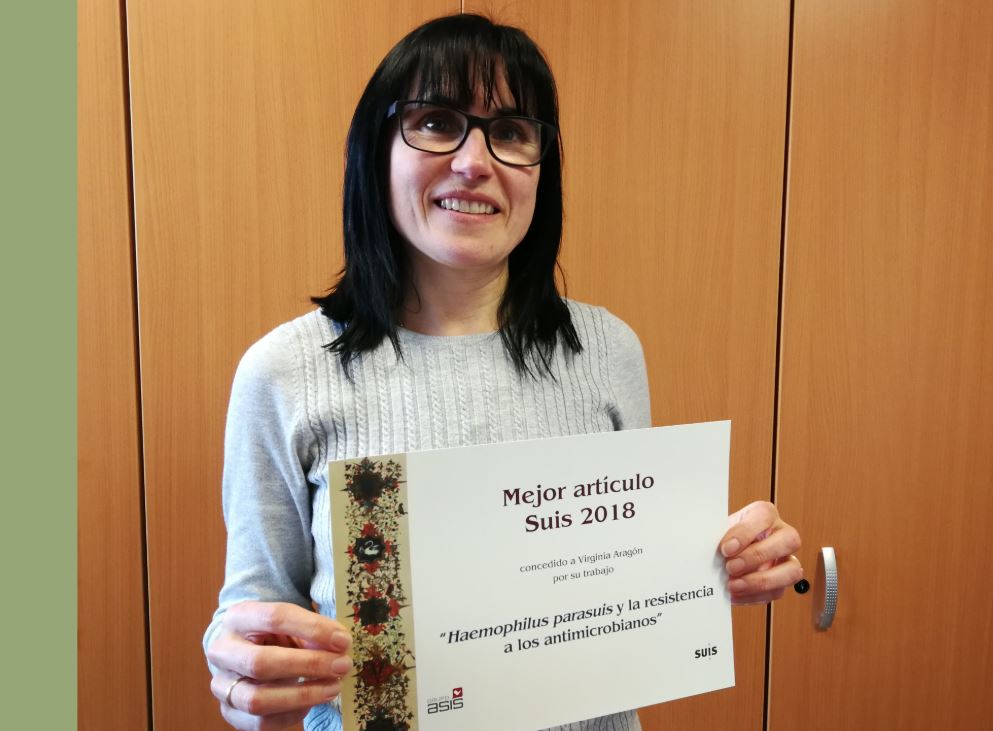
The researcher Virgina Aragón awarded with the best article in Suis magazine of 2018
The advisory committee of Suis has chosen the article “Haemophilus parasuis and resistance to antimicrobials” as the most relevant information of 2018. Virginia Aragón, from the Animal Health Research Center IRTA-CReSA is the author of the article published in number 152 of Suis.
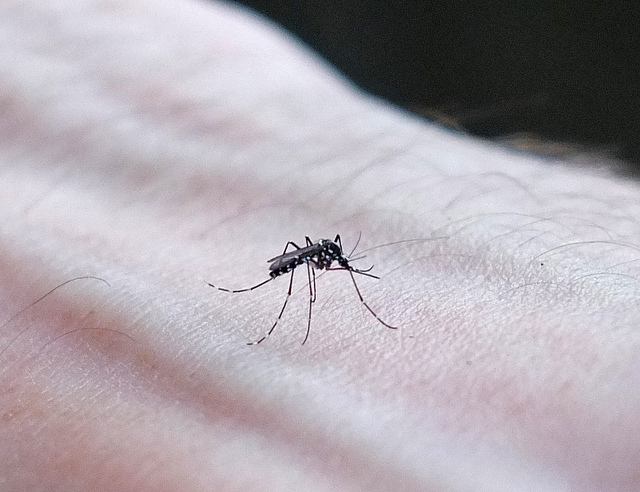
Available the Chikungunya, Dengue and Zika virus cases report in Catalonia during 2018
The Sub-Directorate General for Emergency Surveillance and Response in Public Health of the Public Health Agency of Catalonia has published the report on the surveillance and control of arbovirosis transmitted by mosquitoes in Catalonia during the period from June to November 2018. IRTA-CReSA collaborates in the execution of this surveillance.
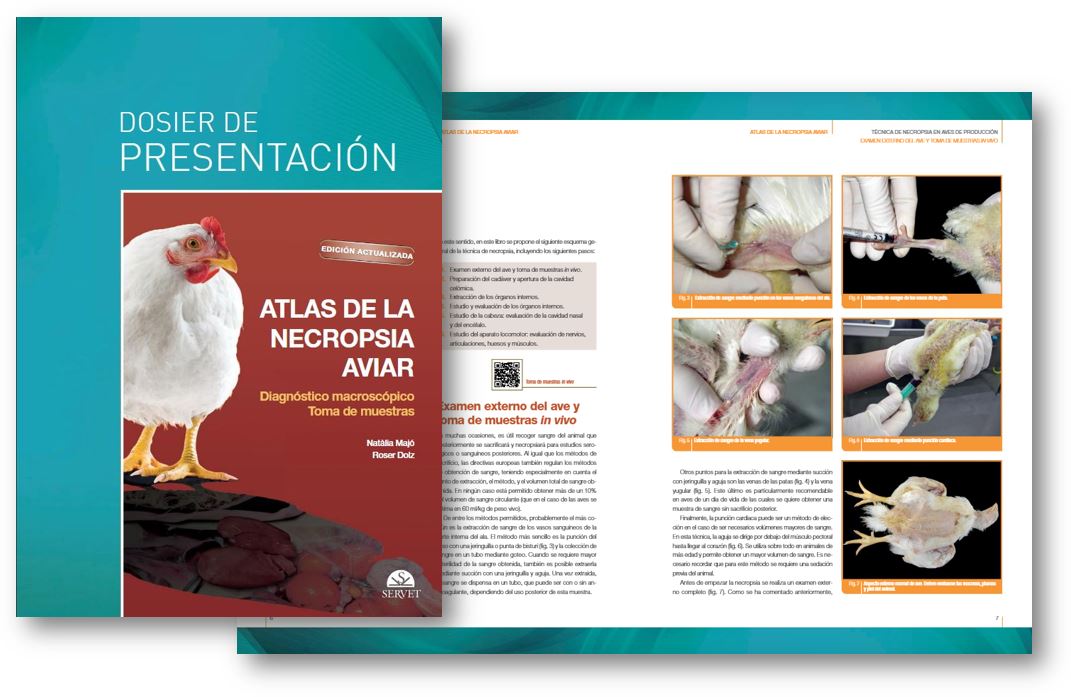
Updated edition of the Atlas of Avian Necropsy with participation of IRTA-CReSA
Available the new “Atlas of Avian Necropsy: Macroscopic Diagnosis Sampling” (Spanish) written by Roser Dolz Pascual and Natàlia Majó Masferrer, Professor of the Department of Animal Health and Anatomy of the Veterinary School of the UAB and researcher attached to the Center for Research in Animal Health (IRTA-CReSA).
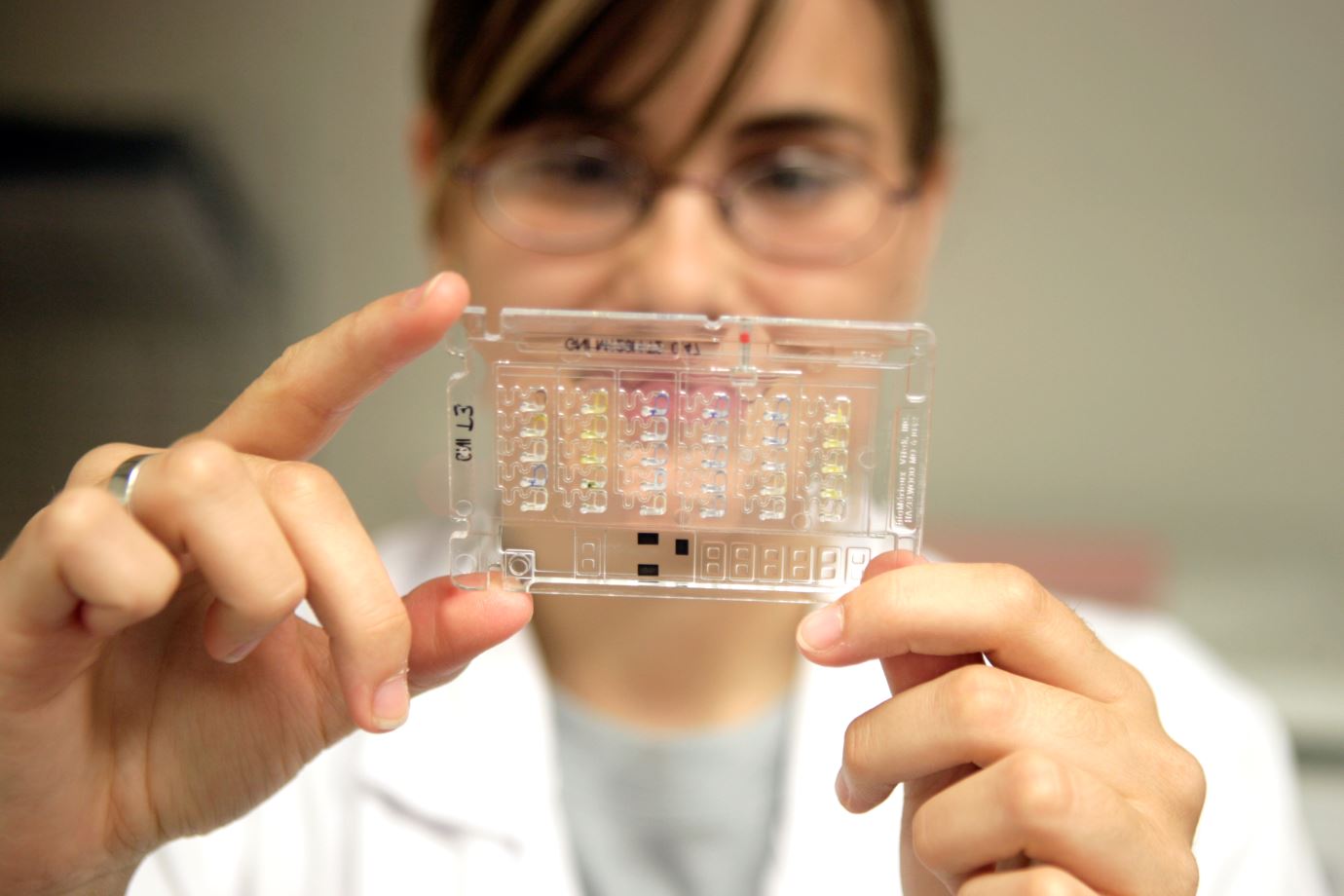
“Ramón y Cajal” Grant application
The Ministry of Science, Innovation and Universities publishes subsidies for contracts Ramón y Cajal 2018, 200 grants aimed at promoting the incorporation of national and foreign researchers with a distinguished career in R & D centers.
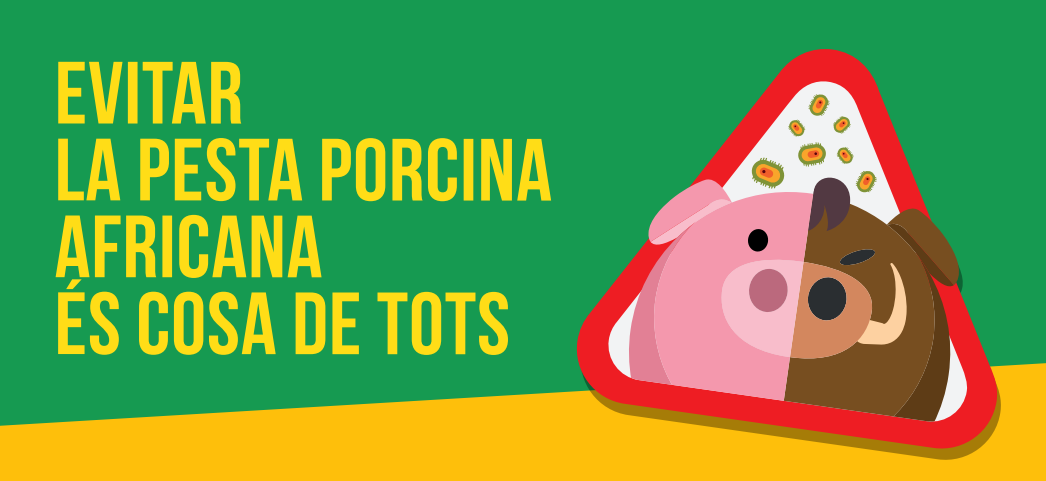
Citizen campaign to avoid African swine fever
The Government of Catalonia launches an information campaign aimed at the whole society with the aim of preventing the arrival of African Swine Fever (PPA) in Catalonia and detect it as soon as possible if there is some suspicious case.

